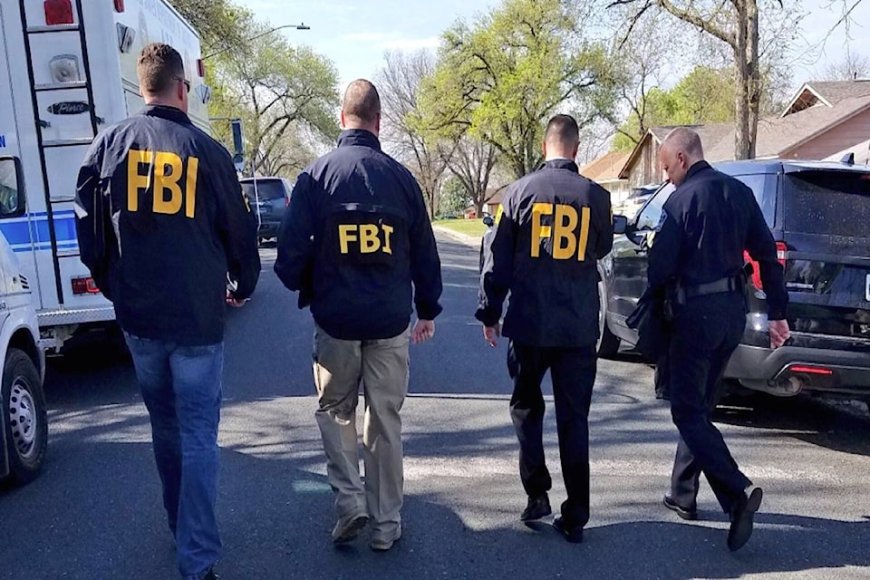FBI Probes Alarming Security Breach After Impersonator Poses as Chief of Staff
The FBI has launched a probe after an impersonator used AI-generated voice and hacked contacts from White House Chief of Staff Susie Wiles to target senior officials—raising national cybersecurity alarms.

A federal investigation is now underway following a troubling breach of cybersecurity in Washington. An unknown impersonator, believed to have gained access to the personal contacts of White House Chief of Staff Susie Wiles, reached out to senators, governors, business leaders, and other high-profile figures—sparking concerns about the safety and integrity of internal communications.
What Went Wrong
According to sources, the impersonator did not use Wiles’s official phone number but sent texts and made calls that closely mimicked her voice—possibly with the help of artificial intelligence. Some recipients even reported being asked for sensitive information such as potential pardon lists or financial transfers, while others noted the messages came with unusual formality or odd grammar, raising red flags almost immediately.AP NewsThe Daily Beast
Official Responses and Potential Ramifications
President Trump downplayed the damage, calling Wiles “an amazing woman” who can handle the situation. “They breached the phone; they tried to impersonate her... Nobody can impersonate her,” he said.AP News
But federal authorities are taking the matter seriously. FBI Director Kash Patel warned that the bureau treats all threats to presidential staff and national cybersecurity with utmost gravity. The impersonation is believed to be part of a broader "smishing" and "vishing" campaign in which fraudsters spoof the identity of government officials to get sensitive data.AP NewsThe Washington Post
Why It Matters
This incident lays bare a dangerous vulnerability in modern governance: when a trusted official’s personal device becomes a vector for cyberattacks, the ramifications can be far-reaching. Wiles’s wide-reaching network, combined with her high-level access, makes any breach especially perilous.
Recipients of the impersonation were urged to disregard any suspicious communications not originating from recognized secure channels. The FBI and White House confirmed the breach and reassured the public that an investigation is ongoing to determine how contacts were accessed and what additional measures are needed to prevent similar threats.
Conclusion
As the FBI probes this breach, the broader question remains: how can federal agencies safeguard personal and official communications in an era of increasingly sophisticated cyber threats? Artificial intelligence and social engineering are evolving, and so must U.S. cyber defenses.











